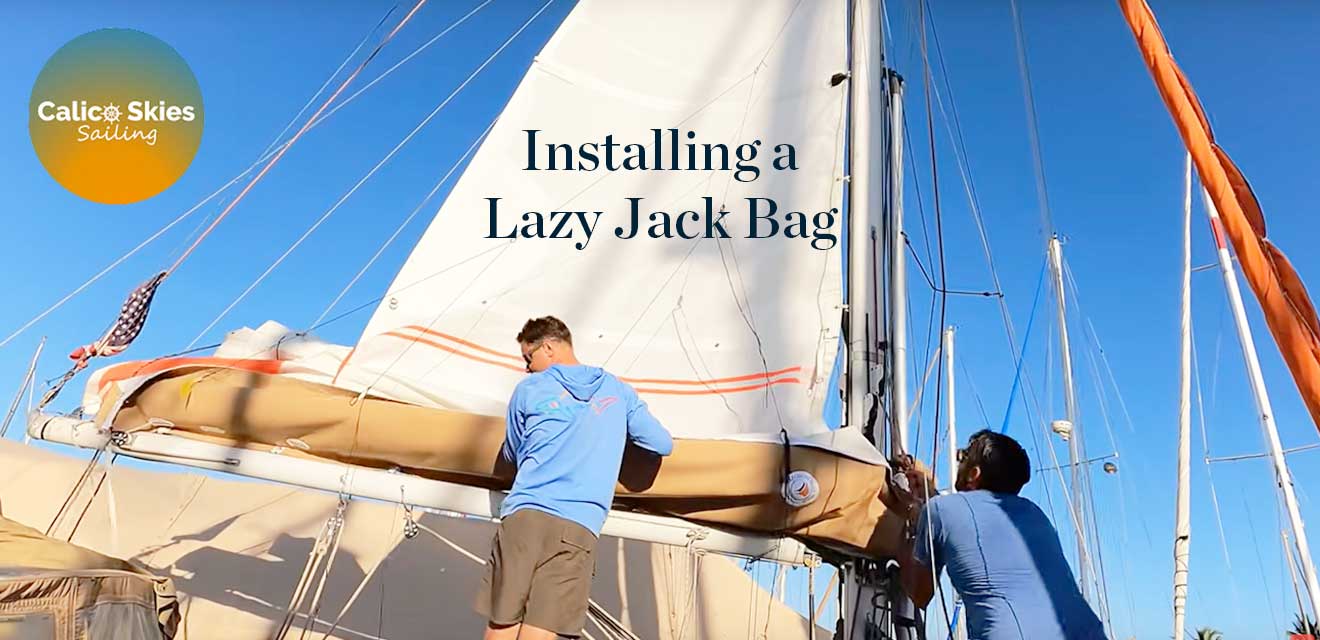
Installing A Lazy Jack Bag: Calico Skies
Calico Skies recently installed their new Precision Sails Lazy Jack Bag. Learn about what the system is and how you can install one on your sailboat.

Calico Skies recently installed their new Precision Sails Lazy Jack Bag. Learn about what the system is and how you can install one on your sailboat.
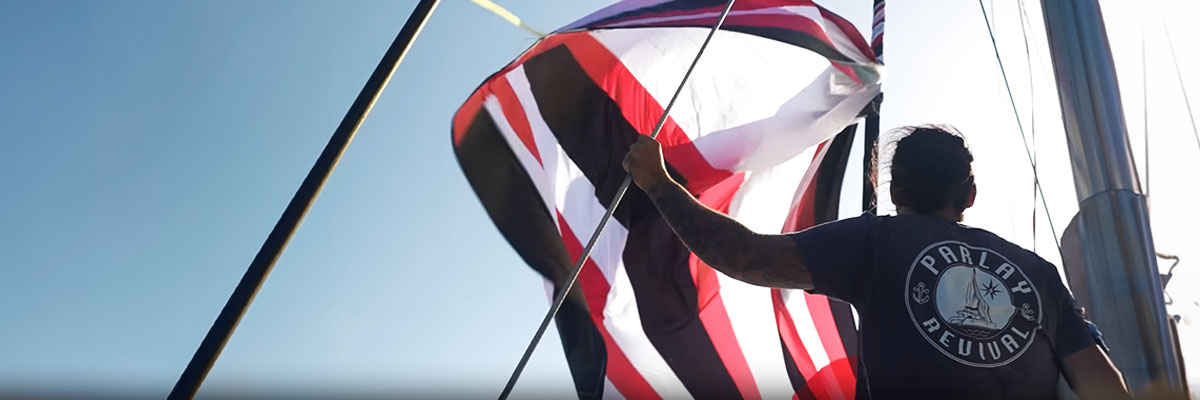
A spinnaker wrapping around your forestay can be a scary experience. It’s important to know what causes it to happen and how to safely recover from a spinnaker wrap.
Read More about What To Do If Your Spinnaker Wraps Around The Forestay
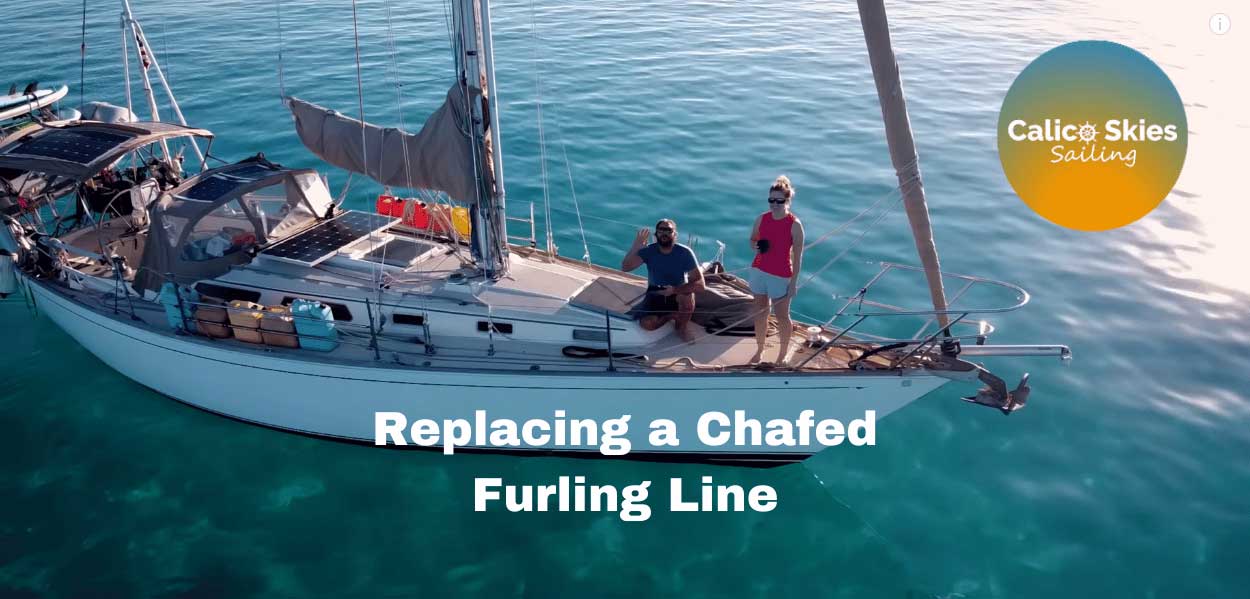
Sailing enthusiasts Grace and Bill, the popular YouTube sailors from Calico Skies, have recently shared an insightful video about their…
Read More about Replacing a Chafed Furling Line: Calico Skies
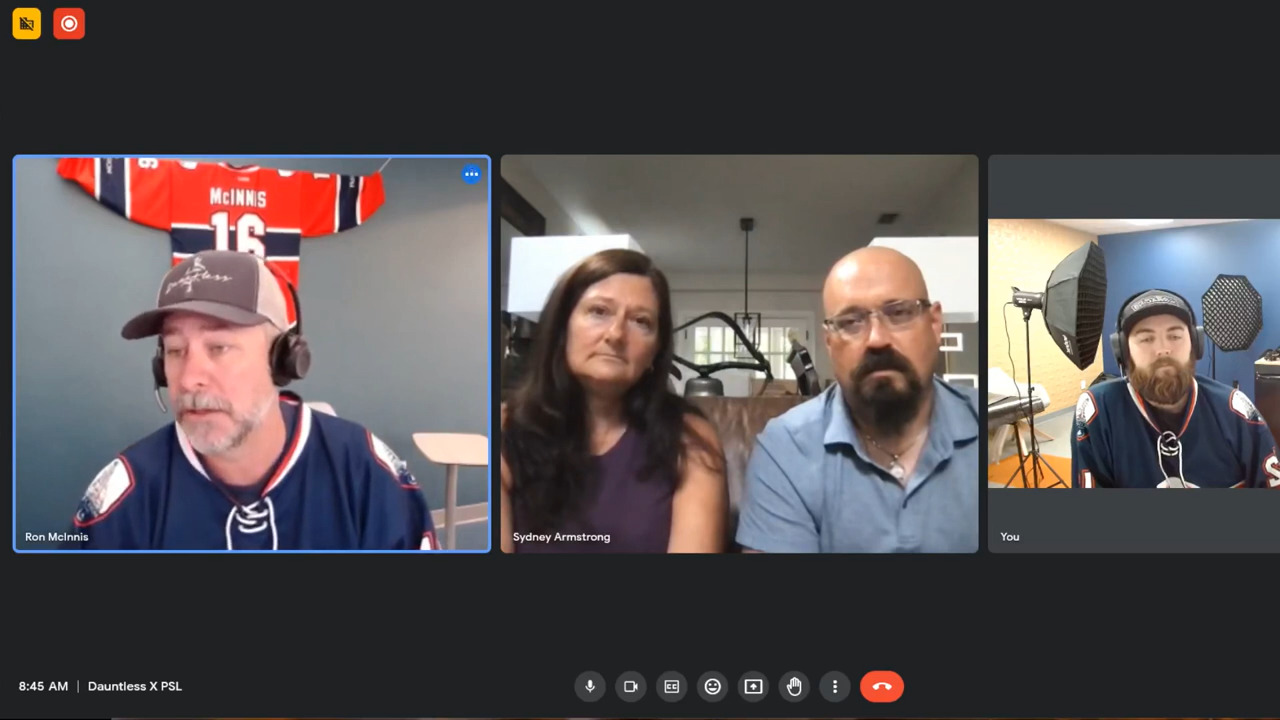
This comprehensive article delves into the world of sail selection for cruisers, shedding light on the often overlooked domain of downwind sails. It begins by acknowledging the historical emphasis on racing sails within the sail-making industry, highlighting the specific needs of cruisers that require attention.
The article explores various types of downwind sails, such as code zeros, genoas, and spinnakers, offering insights into their characteristics and applications. It simplifies complex sail terminology, making it accessible to both newcomers and experienced sailors. The explanation of percentage-based sizing (LP) versus J measurement provides a clear understanding of sail dimensions.
Cruisers are guided on building a sail inventory tailored to their needs, considering factors like space, budget, and intended sailing destinations. The advantages of sail customization and collaboration with sail designers are highlighted, emphasizing the importance of sails optimized for individual preferences and conditions.
The article concludes by detailing different downwind sail options, including code zeros, genoas, cruising spinnakers, reachers, gennakers, and symmetrical spinnakers. Each sail type’s characteristics, handling, and suitability for various wind conditions are thoroughly explained, helping cruisers make informed choices.
Throughout the article, the reader is encouraged to engage with Precision Sails, a sailmaker with expertise in cruiser-specific sail solutions. The article effectively demystifies sail selection, making it a valuable resource for cruisers seeking an enhanced sailing experience.
Read More about Types of Downwind Sails: Understanding Code Zeros, Spinnakers, Genoas, and More

Here is a Helpful Guide. There is no doubt that sailing can create a unique environment to build a stronger…
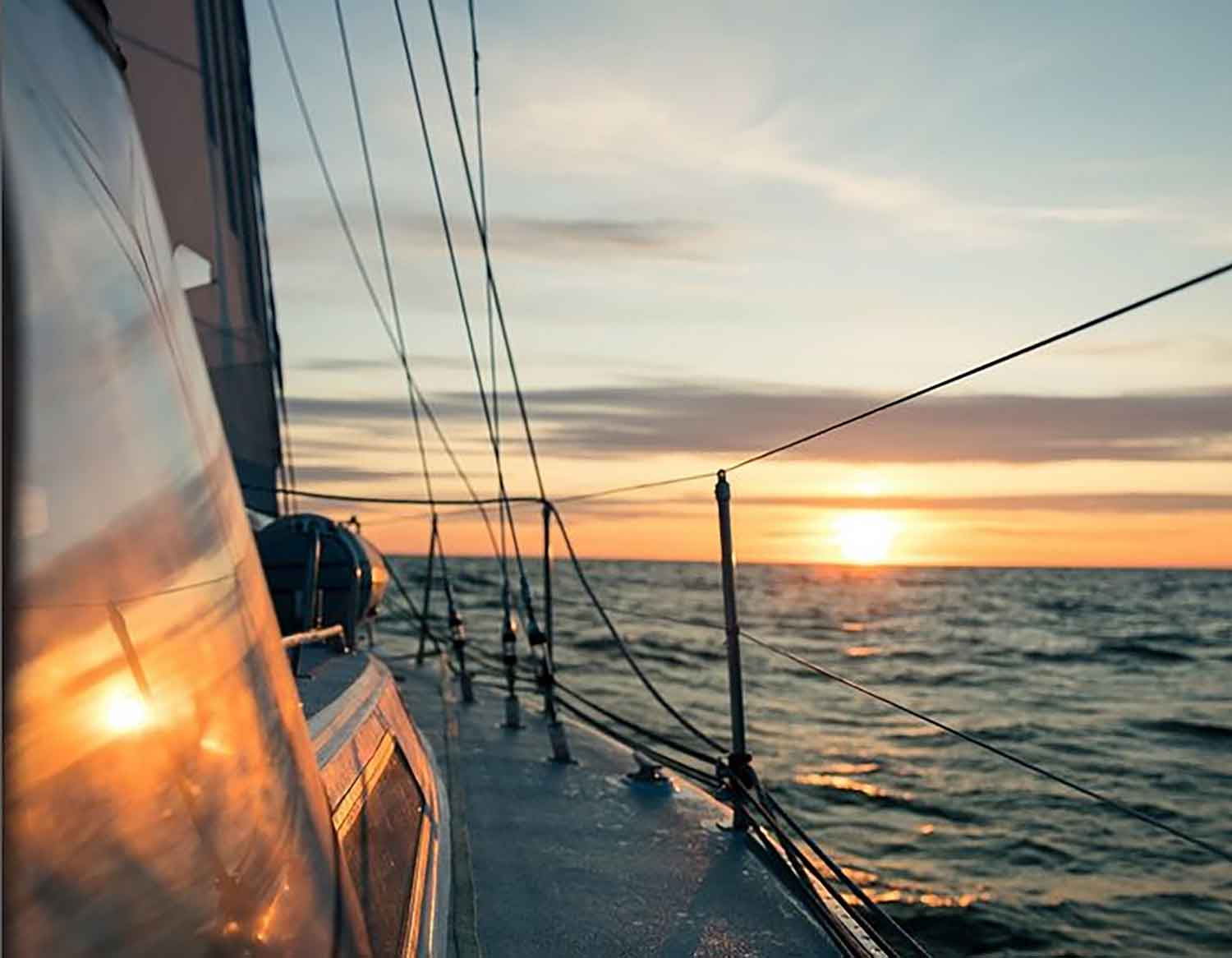
As the sun sets and casts its glimmering light over the soft flow of the ocean, the moon is only just beginning to awaken. Blackness swallows you and your vessel whole, leaving close to zero visual cues behind.
While many sailors find night sailing daunting, it doesn’t have to be. With the right preparations and procedures in place, a night passage will fill any sailor with glee and excitement.
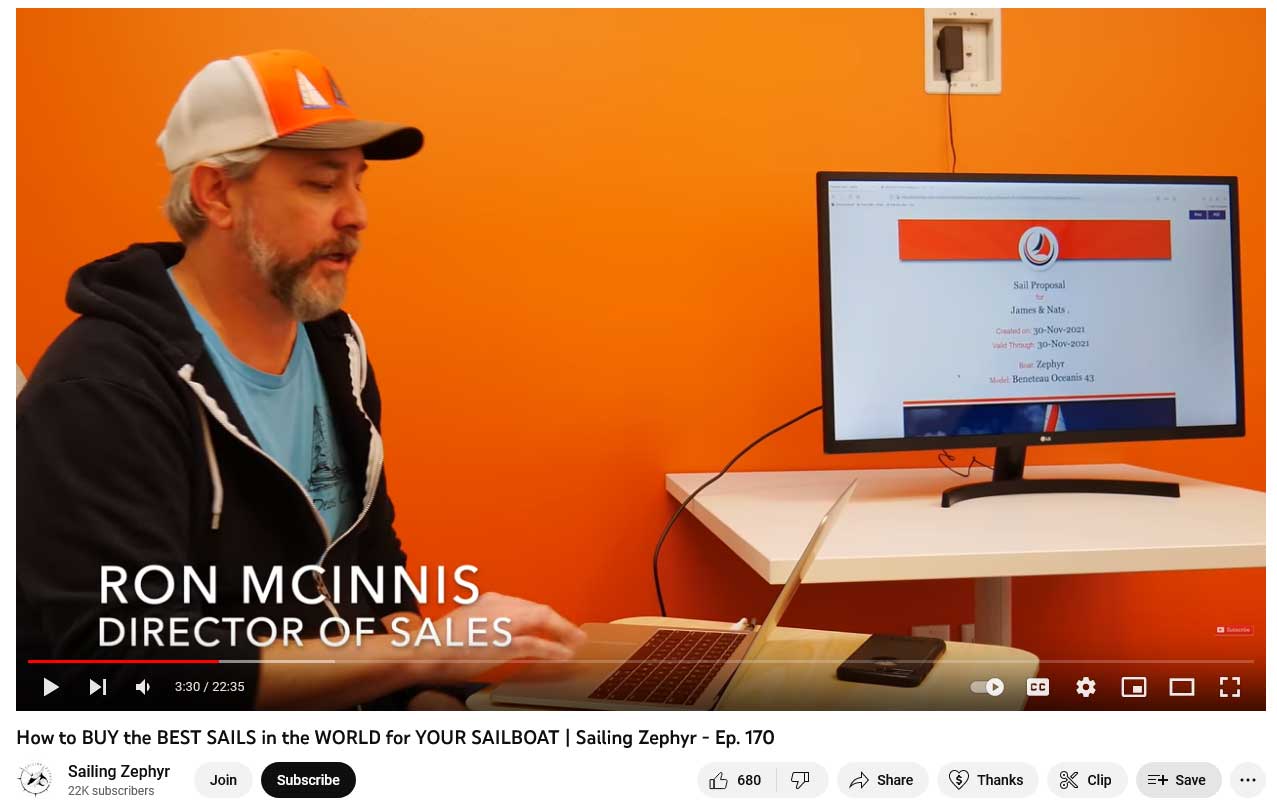
Zephyr heads to the Precision Sails office to start the sail customization process. They meet with Ron Mcinnis, who introduces them to the world of sail cloth and industry trends. He explains how Precision Sails takes an educational and consultative approach to sail customization, making sure that their customers are well-informed and educated about the options available to them.
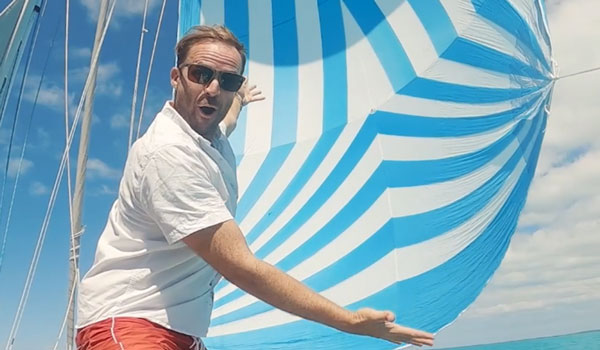
Join in as Matt from the Foster Journey sits down with Ron McInnis from Precision Sails to discuss their new Asymmetrical Spinnaker and light air sailing!
Read More about Sailing With a Spinnaker – Asymmetrical Basics (Gennakers and Light Air Sails)
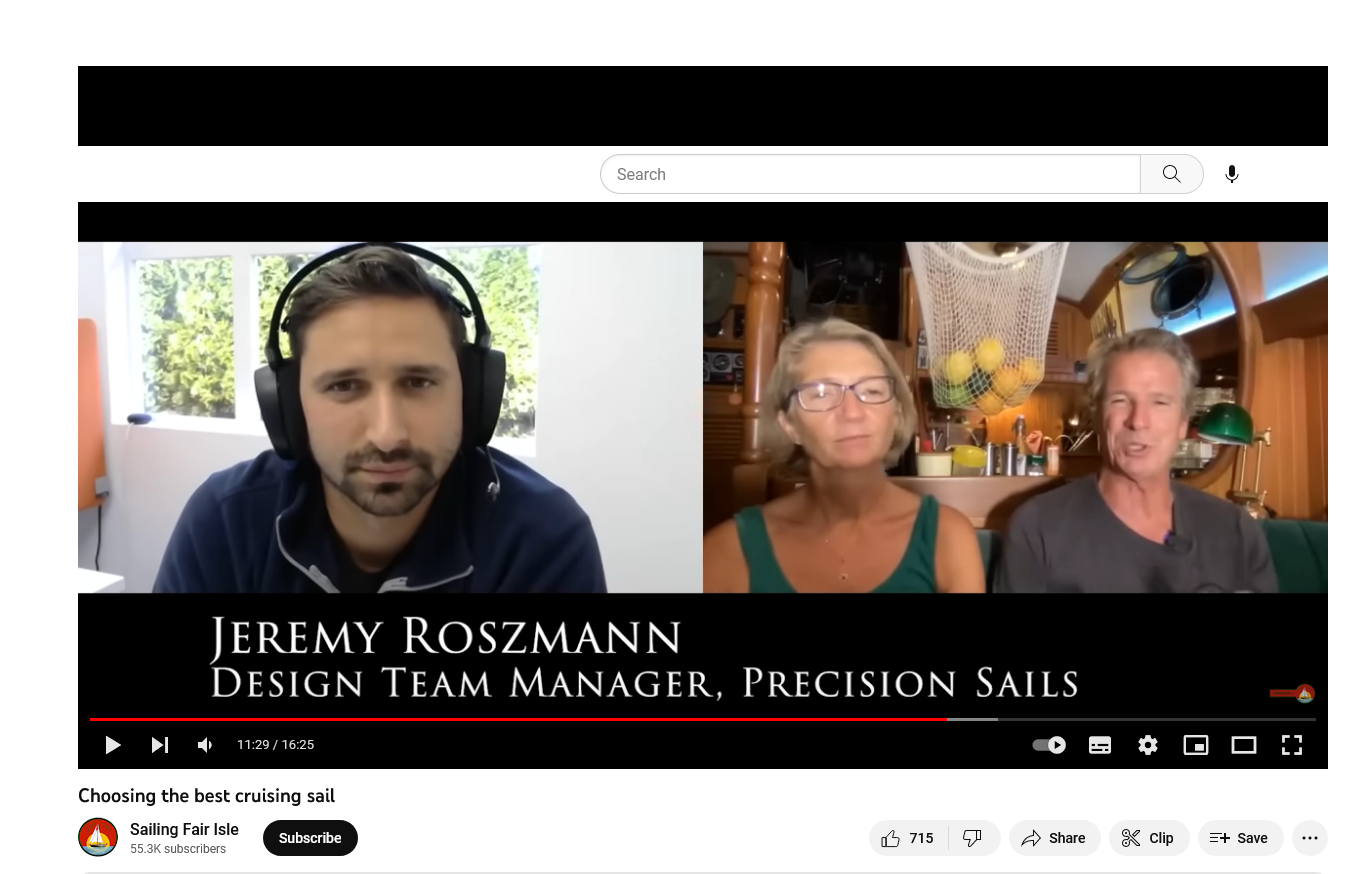
Join in as Steve and Judy from the Sailing Fair Isle walk you through their experience of ordering new sails from Precision Sails and our process!
Read More about Choosing the Best Cruising Sail – Technical Corner
Ever wonder what sail performance means? It’s several different components of the overall feel of a boat. Responsiveness, comfort, wind angles, and speeds are all calculated differently by a well performing sail. Sail performance is something that everyone should be concerned with. Sail performance doesn’t just affect when you get to your destination, but how you get there.
Learn how Precision Sails defines their Rig Spec measurements and Dimensions. This blog will help you to understand how Precision Sails labels sailboat rig specifications. If you need a replacement or new mainsail and /or headsail you will need to measure your sailboat’s rigging, sails, and rigs. One thing we tell sailors here at Precision Sails is “the effort you put into measuring really does translate into the quality of sail you get.” If quality measurements are given to designers, it allows them to create an excellent performing sail.
Read More about Rig Specification Diagram For Sailboats: Mainsail & Headsail